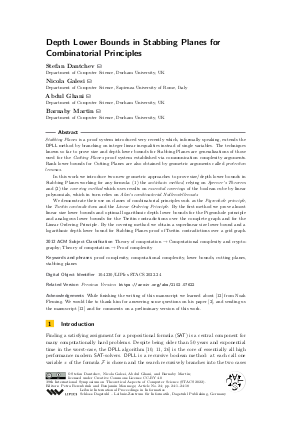LIPIcs.STACS.2022.24.pdf
- Filesize: 0.76 MB
- 18 pages

 Creative Commons Attribution 4.0 International license
Creative Commons Attribution 4.0 International license







Feedback for Dagstuhl Publishing